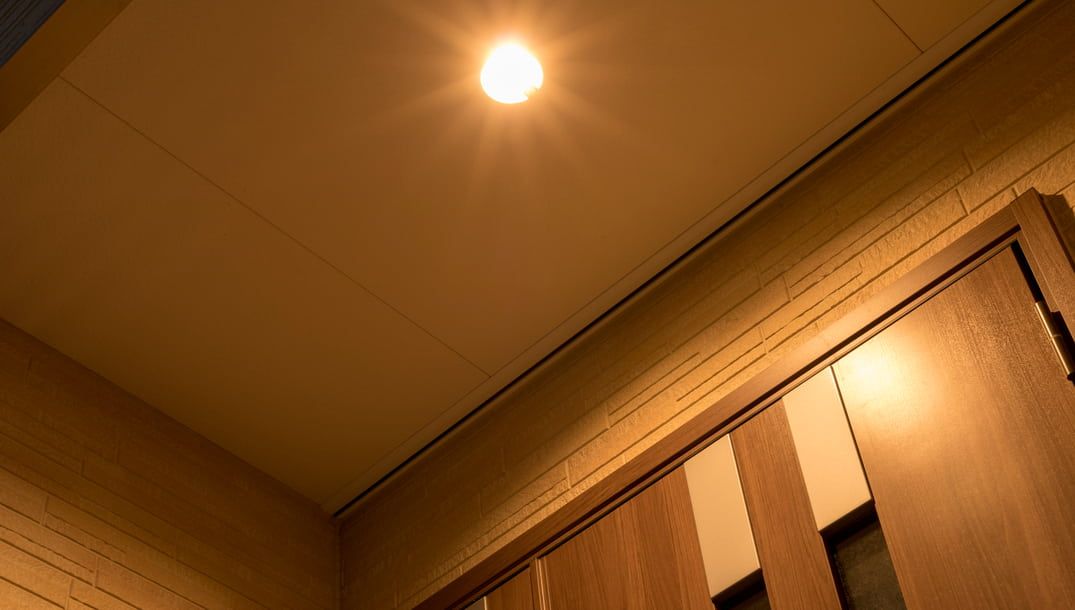Are Motion Sensor Lights Useful? Understanding How They Work, Pros and Cons, and Installation Tips!
In dark or poorly lit environments, motion sensor lights can eliminate the hassle of fumbling for a light switch by providing instant illumination. This helps reduce the risk of accidents and makes spaces safer. Additionally, installing sensor lights is quick and convenient. Not sure what types of sensor lights are available or how to troubleshoot issues? Let’s dive into how motion sensor lights work, their pros and cons, and installation tips.
How Do Motion Sensor Lights Work?
Motion sensor lights operate with the help of sensors. When the sensor detects changes in its surroundings, it sends an electrical signal to turn on the light. Most motion sensor lights are triggered when a person enters the detection range. Other types include sound-activated lights and microwave sensor lights that detect the movement of objects.
What Are the Pros and Cons of Motion Sensor Lights?
Pros
Automatic Switching
Sensor lights turn on automatically when they detect motion or low light levels. This provides immediate illumination in dark spaces, eliminating the need to search for a switch, and reduces the risk of accidents.
Energy Saving
Since sensor lights turn off automatically when not in use, they help reduce energy consumption, making them more environmentally friendly.
Cons
Over-Sensitive Sensors
Some sensor lights may be too sensitive, causing frequent switching on and off, which can lead to wear and tear. Conversely, if the sensor is not sensitive enough, users may need to keep moving in front of the light to keep it on.
Manual Adjustment Needed
To avoid issues, it’s best to choose sensor lights with adjustable sensitivity and lighting duration.
Types of Sensor Lights and How They Work
Infrared Sensor Lights
Infrared sensor lights detect body heat and automatically turn on when someone approaches. These sensors are widely used and should not be installed in hidden locations (like inside ceilings or cabinets), as this can prevent them from detecting body heat properly.
Microwave Sensor Lights
These lights use the Doppler effect to detect motion. When an object or person enters the detection area, the light switches on. The detection range and lighting duration are usually adjustable.
Light Sensor Lights
These lights detect changes in ambient light levels. Commonly used in street lighting, they turn on at dusk or when indoor light levels drop.
Best Locations, Distances, and Timing for Installing Sensor Lights
Indoor Spaces
The best areas for installing sensor lights in the home are entrances, hallways, and staircases. In these spaces, sensor lights are often mounted on ceilings or walls. Indoors, a typical detection range of about 5 meters is recommended, with the light duration adjustable between 10 seconds and 12 minutes depending on actual needs.
Outdoor Spaces
When installing sensor lights outdoors, pay attention to the material of the light fixture. It should be waterproof, have good heat dissipation, and feature a sturdy housing (such as die-cast aluminum). For example, DANCELiGHT’s microwave sensor floodlight can be set to light up for 10 seconds to 12 minutes and should be mounted 2 to 4 meters high, with an adjustable detection range of 5 to 15 meters.
High Ceilings
If installing sensor lights in a high-ceiling space, consider the height before purchasing the sensor. Some sensors, like those from DANCELiGHT, can detect motion up to 6 meters, making them ideal for high-ceiling environments.
Sensor Light Installation Steps
Wiring the Fixture
After connecting the wires to the ceiling and the fixture, customize the settings for lighting duration, sensitivity, and day/night modes.
Connecting to Power and Testing
Secure the sensor to its designated spot using screws, then test the light by turning on the power to ensure it works as expected.
Common Motion Sensor Light Issues
Why Does My Infrared Sensor Light Sometimes Not Respond?
Infrared sensor lights detect heat, so they can be affected by temperature changes. In hot environments, the sensor may not detect a person’s body heat. Additionally, devices like infrared remote controls or smartphones with FACE ID could interfere with the sensor.
Why Is My Microwave Sensor Light Too Sensitive?
Microwave sensor lights can penetrate thin walls or glass, but not reinforced concrete. If the sensor is too sensitive, check if there are people moving within the detection range, adjust the detection distance, and ensure there are no metal objects nearby.
Can Any Light Fixture Be Fitted with a Microwave Sensor Bulb?
Not all fixtures are compatible. For example, installing two microwave sensor bulbs in a double-bulb fixture can cause interference. It's recommended to use single-bulb fixtures.
Can I Convert Traditional Lights into Motion-Sensing Lights?
Yes, traditional lights can be fitted with a motion sensor by wiring the power lines through the sensor.
Can One Sensor Control Multiple Lights?
A single sensor can typically control up to 3 light fixtures, making this setup ideal for larger areas like parking lots.
Recommended Motion Sensor Light Products
Microwave Sensor Floodlight
This large, powerful light is perfect for outdoor use, with a die-cast aluminum body, large heat dissipation area, and IP66 waterproof rating.
Motion Sensor Bulb
Easily convert any fixture into a sensor light by screwing in a motion sensor bulb.
Sensor Shelf Light
Ideal for kitchens or cabinets, this long-bar sensor light activates with a wave of your hand, ensuring easy access to light even with wet hands.
Cloud Infrared Sensor Ceiling Light
Suitable for indoor spaces like entryways or stairwells, this ceiling light features a sleek design and offers a day/night mode switch.
DANCELiGHT Sensors
DANCELiGHT offers a wide range of sensors, from infrared to microwave models, with adjustable settings to suit both indoor and outdoor spaces.
Conclusion
While the basic principles of sensor lights are quite similar, the sensitivity and timing can be adjusted to meet individual needs. When selecting a sensor light, consider the type of sensor and the light’s design. DANCELiGHT provides a variety of LED sensor lights, sensors, and bulbs, ensuring that you can find a solution for all your lighting needs.

